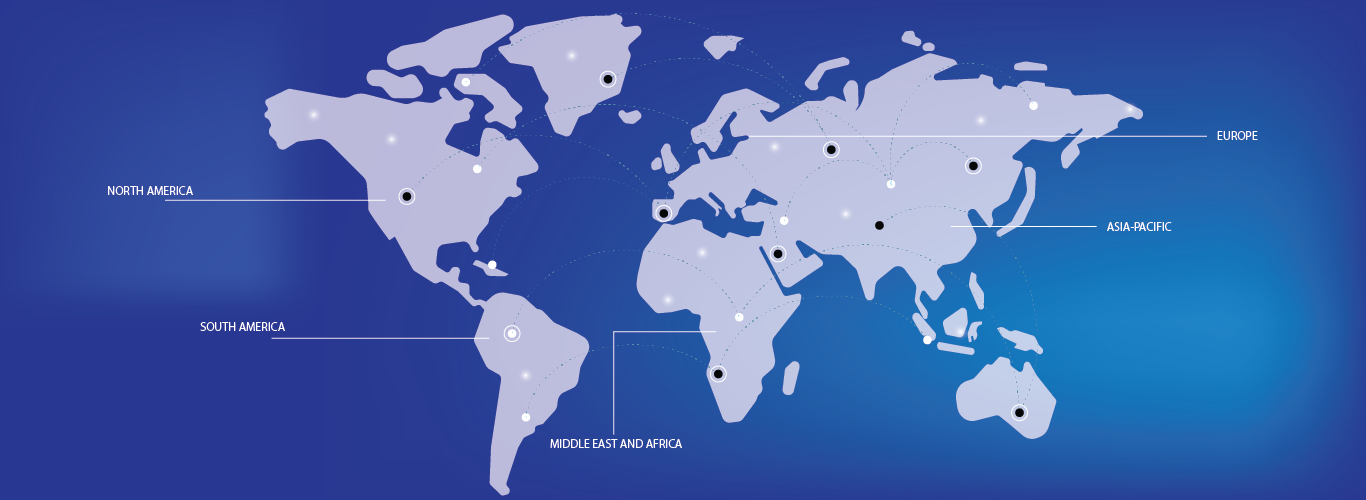The global automotive brake shims market is experiencing steady growth, driven by increasing vehicle production and the rising demand for advanced braking systems. Factors such as the need for noise reduction, enhanced braking performance, and stringent safety regulations are fueling the demand for brake shims. Key players are investing in innovative materials and technologies to improve the efficiency and durability of brake shims, while regional markets in Asia-Pacific and North America are showing significant expansion due to high automotive production rates and the adoption of electric vehicles.




